RSER Services
- Specializing in complete engine rebuilds
- All 2-cycle servicing and repairs
- All 4-cycle servicing and repairs
- Please no watercraft, inverter generators or ATV's
- Pickup and delivery available for a flat rate of $50

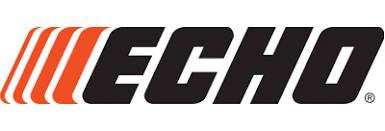
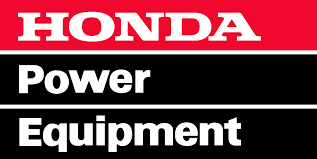
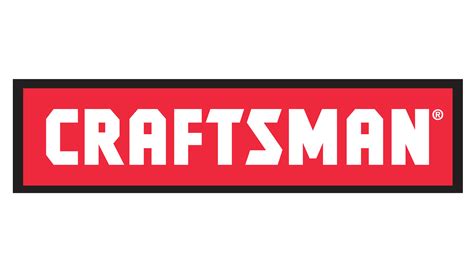


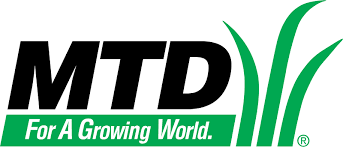

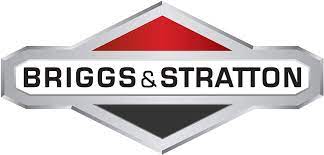
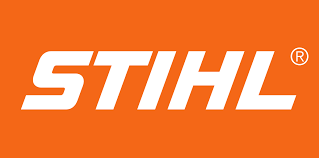
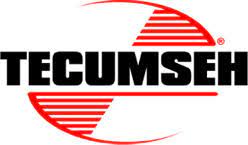

A 2-cycle or 2-stroke engine requires a mixture of oil and gas. The oil provides proper lubrication to the internal engine parts. Most 2-cycle engines require a mixture of 50:1 or 40:1 ratio of fuel to oil. If your not sure what ratio your engine requires, your user manual will let you know or you can get a hold of me and I can look it up for you. I use a 5L gas container and fill it to the 5L mark with premium gas (no ethanol is good) and add 100mL of premium synthetic 2-cycle oil for a 50:1 mix. For a 40:1 mix, I use a second 5L container and fill it with premium gas, mix it with 125mL of premium synthetic 2-cycle oil. Both containers should now be labelled with 50:1 or 40:1 and be shaken a bit for the oil to blend in. I also add a little StaBol to both containers to keep the gas fresh. I have 100mL bottles of premium synthetic oil in stock.
Tires periodically should be checked for proper air pressure and filled if at a low level. The tire pressure for each size of tire is located on the outer sidewall of the tire. My experience when a tire has a slow leak or is flat would be to install a tube inside the tire.
Chainsaws that come into the shop are dealt with quickly because I have most specialized tools for servicing and repair.